We aren’t sure where or when things went wrong with the basshead crowd, but there’s a serious misunderstanding about how to build a loud stereo system. We’ve lost track of how many of these vehicles we’ve heard that sound utterly atrocious. No, we aren’t talking about the fact there’s 30 or 40 dB too much bass. That’s fine, given the goals. The issue is how horrific the midbass and midrange frequencies sound. The same mistakes seem to repeat in every system. Let’s look at what it takes to make a loud car stereo system that actually sounds good.
Loud Bass Is Easy
Let’s start by addressing bass frequencies in loud car stereo systems. This part of the system design is easy, as many companies offer subwoofers designed with impressive power handling and excursion capabilities. If you want to be loud, your subwoofers must move a lot of air. This means the cones in the woofers need to move back and forth a significant amount. Good quality subwoofers with excursion capabilities of 2 to 3 inches of linear excursion are readily available. Likewise, amplifiers capable of producing more than 2,500 watts of power can push these drivers effortlessly. Combine this with a well-designed, sturdy enclosure and making massive amounts of bass is a snap.
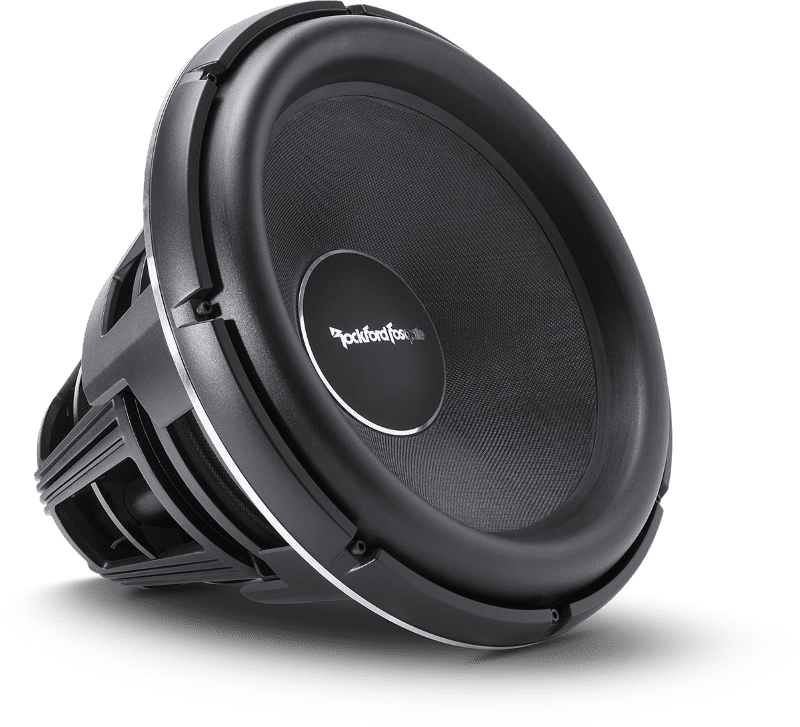
The Rockford Fosgate T3S1-19 is a 19-inch subwoofer that offers more than 3 inches of excursion and 3,000 watts of power handling.
Making Midrange and High Frequencies Sound Good
Here’s where things go sideways when designing a loud car stereo system. Hundreds, if not thousands, of car stereo systems are built with high-efficiency speakers in the doors. We don’t and never will understand this speaker selection choice. High-efficiency speakers get their efficiency by reducing the mass of the cone assembly. This low-mass cone design raises the speaker’s resonant frequency and allows it to play louder with the same power as a driver with a heavier assembly. This reduction in cone assembly mass also dramatically reduces the midbass these speakers produce. It’s common for a high-efficiency midrange speaker to be efficient only from 200 hertz and up.
The graph above shows a high-efficiency speaker’s second and third harmonic distortion (in red and blue, respectively) when driven with just under 4 watts of power. The output at 200 hertz includes 1.5% harmonic distortion. That’s pretty bad at a power level this low. You can also see that the driver’s output starts to roll off around 175 hertz.
As this graph above clearly demonstrates, distortion increases with excursion. If you look at the amplitude of the red and blue traces, they get higher as frequency decreases. This increase in distortion directly correlates to cone excursion requirements to produce audio at lower frequencies. Using high-efficiency speakers below about 300 hertz, even with modest power, is a recipe for a stereo system that will sound terrible.
Further, there’s really no need for the added efficiency. Amplifier power is inexpensive these days. You can purchase a four-channel amplifier that produces a good, clean 75 watts of power per channel for under $300. This is enough power to push all but the most robust midrange speakers to their limits.
Excursion Matters When Reproducing Midbass
Let’s examine the excursion requirements of a 6.5-inch speaker asked to produce midbass information. A three-way system with subwoofers and tweeters requires a speaker like this. In most cases, we’d use a crossover point around 80 hertz, so pay close attention to that frequency in the graphs below.
The red trace in the speaker efficiency comparison graph below is a typical high-efficiency speaker with a sensitivity rating of 92.4 dB at 1W/1M. It has a resonant frequency of 101 hertz and a linear cone excursion rating (Xmax) of 2.6 mm in each direction. The yellow trace represents this woofer. The second woofer is from the Rockford Fosgate T4652-S component set. This driver has a resonant frequency of 49 hertz and a mind-boggling 12.6-millimeter excursion specification. That’s more excursion than some entry-level 10-inch subwoofers. The red trace in the graphs below represents the Rockford Fosgate woofer.
The chart above predicts the output of each woofer when driven with 100 watts of power. Let’s start with the obvious. Up at 500 hertz, the high-efficiency speaker theoretically produces 113.2 dB SPL of output. The Rockford Fosgate woofer is producing 107.4 dB SPL with the same power. So far, you’d think the high-efficiency speaker is the way to go, right? Well, what happens at lower frequencies? We can’t use this graph to answer that, as we need to consider cone excursion limitations. The chart below shows cone excursion versus frequency for the two woofers.
As you can see, the yellow trace turns translucent at frequencies below 440 hertz. This means that at all frequencies below 440 hertz, the driver will exceed its 2.6 mm Xmax specification when driven with 100 watts of power. If you want your car stereo system to sound terrible, pushing a driver beyond its excursion limits is a perfect way to do it. It’s essentially mechanical clipping, adding vast amounts of nasty distortion to the speaker’s output. Ew! By comparison, the Rockford Fosgate woofer has no problem producing audio information well below the 80-hertz crossover point. Let’s look at another factor, maximum acoustic power.
This graph shows the maximum output capabilities of the two woofers based on their excursion capabilities. The yellow high-efficiency woofer can only handle its full-rated 100 watts of power at frequencies above 500 hertz. The Rockford Fosgate woofer, on the other hand, is good down to 66 hertz. Wow, it’s almost like it was designed for a high-output three-way car audio system! Ensure that you add a healthy dose of sarcasm when reading that last sentence.
Less Power Means Less Excursion
We’ve noted that excursion is directly proportional to frequency so far, and this has been the limiting factor in how much midbass information this high-efficiency speaker can produce. Excursion is also proportional to the power sent to the speaker. If we drive the high-efficiency speaker with 50 watts of power, it can play down to 360 hertz without exceeding its Xmax rating. That’s a bit better. So, how much power can it handle if we want it to match the roughly 66 hertz capabilities of the Rockford Fosgate woofer?
That’s right, if you feed the high-efficiency woofer anything less than 0.65 watt, you can use it as a midbass driver. It will produce 85 dB SPL of output at 100 hertz at this level, so it’s not a total waste. Sorry, that was also sarcasm.
Options for Producing Great Midbass in a Loud Car Stereo System
So, what are the options if high-efficiency drivers aren’t the solution for midbass? Your car audio system needs a good woofer, not a high-efficiency midrange driver. We aren’t talking about subwoofers here. We’re referring to drivers designed to play from 60 or 70 hertz up to at least 400 or 500 hertz with good excursion capabilities. Most work up to at least 2 kHz or higher with minimal issues. These are a bit harder to find, but they do exist. The woofer from the Rockford Fosgate T4652-S set is a good example. So is the woofer from the T3652-S set, as it’s pretty similar in design and capability. You will want to look for a 6.5-inch driver with an Xmax specification of at least 8 millimeters. That is, if you want to drive the woofers with their full-rated power handling down to a crossover point of 80-ish hertz. Above 450 to 500 hertz, you can use those high-efficiency drivers as midrange speakers.
A high-performance audio system design aims to choose speakers optimized to operate within a specific frequency range without exceeding any of their specifications. You wouldn’t use a tweeter as a midrange driver. You wouldn’t use a midrange driver as a subwoofer. So why try to use high-efficiency midrange drivers to reproduce midbass frequencies? They sound terrible at all but a loud conversation level. Drop by a local specialty mobile enhancement retailer today to find out what speakers are available to make your loud car stereo system sound good.
This article is written and produced by the team at www.BestCarAudio.com. Reproduction or use of any kind is prohibited without the express written permission of 1sixty8 media.
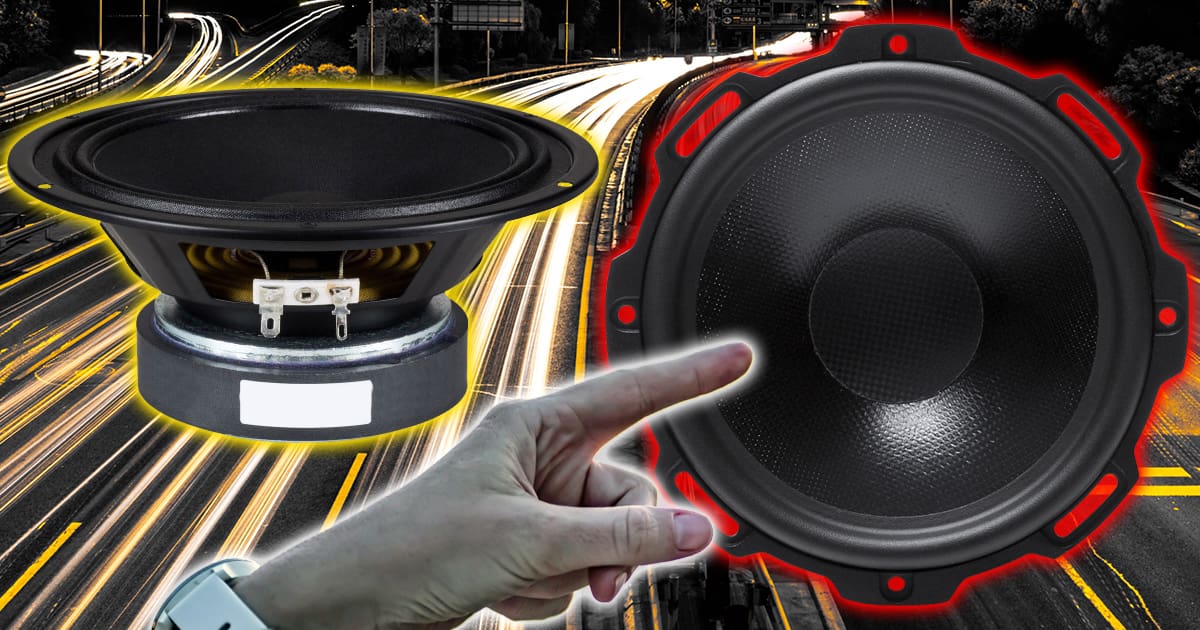

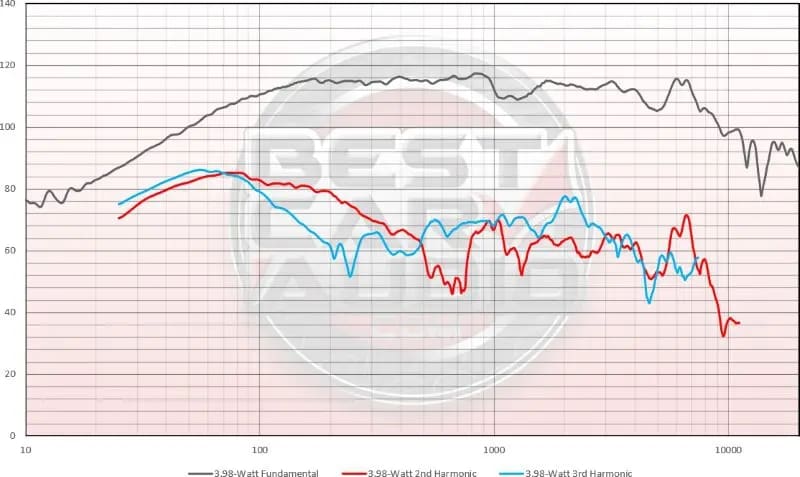
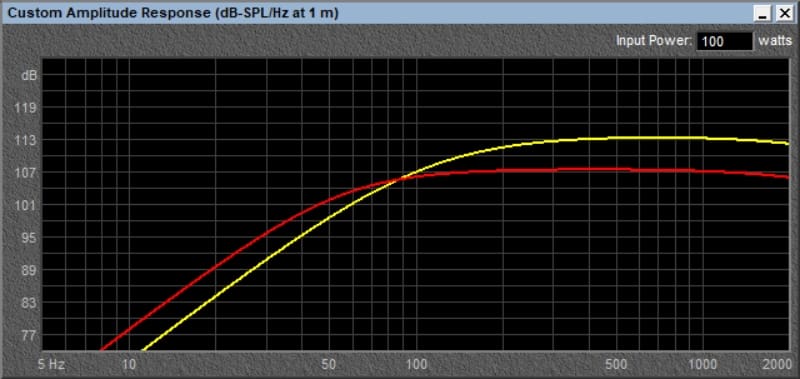
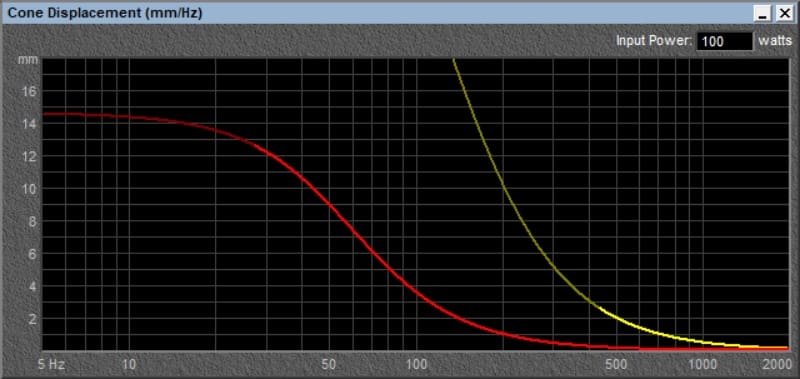
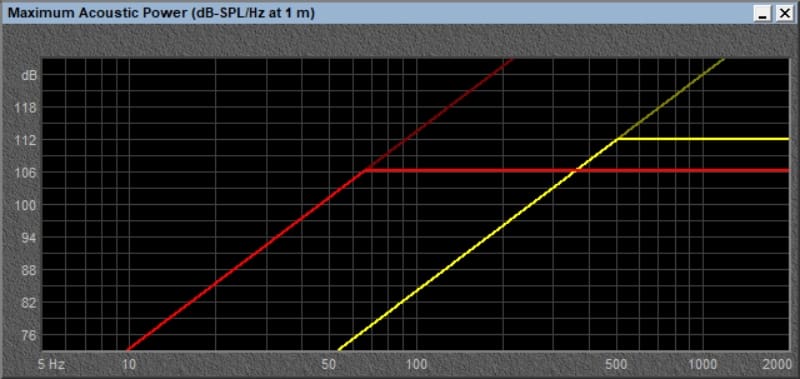
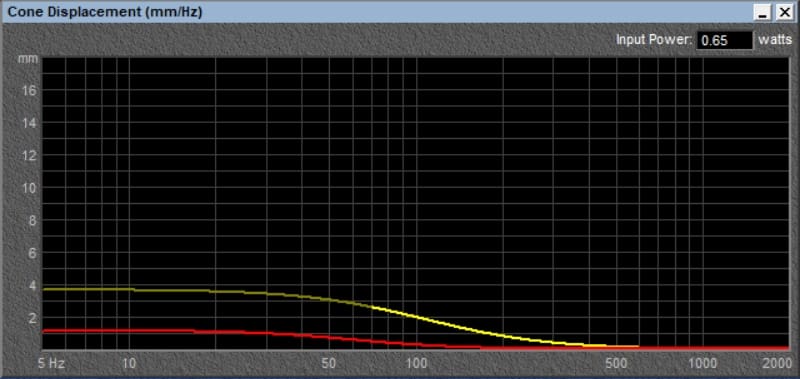
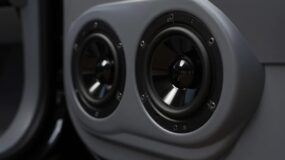
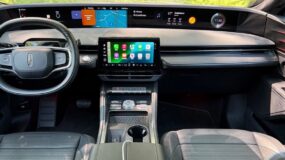
Leave a Reply